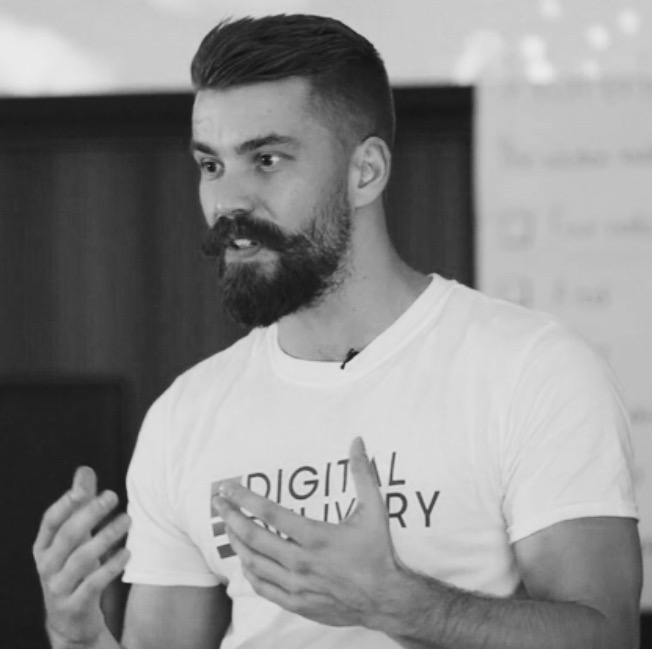The Pandemic Changed Work—But We Haven’t Defined Its Future
COVID-19 forced an overnight shift in how we work. Offices emptied, online meetings became the norm, and remote collaboration tools replaced whiteboard sessions. Businesses adapted, teams adjusted, and for a while, it felt like we were entering a new era of flexible, autonomous work.
Fast forward five years, and the workplace is still in limbo—caught between the traditional office culture of the past and the remote-first mindset we once embraced. Instead of defining a healthy, flexible future, most businesses are stuck in a half-measured, inconsistent approach that frustrates employees and hinders real collaboration.
The Current State: A Messy Hybrid of Old and New
The workplace today isn’t fully remote, but it’s not fully office-based either. Instead, it’s a compromised mix of both—and not in a way that benefits either productivity or culture.
The Cons: The Worst of Both Worlds
-
Mandated Office Attendance = Resentment, Not Collaboration
Many organisations have called their staff back into the office under the premise of improving teamwork. The reality? Employees feel a lack of trust, especially when those same businesses are comfortable offshoring roles but insist local employees return to their desks. -
We Haven’t Changed How We Use Online Meetings
We still use Teams, Zoom, and Meet the way we did during lockdown—half-paying attention, multitasking, and treating meetings as background noise. Even when we’re physically in the office, we join calls instead of facilitating real collaboration. -
Too Many Meetings, Too Little Meaning
Let’s be honest—pre-COVID, we weren’t much better, but now, instead of walking over to someone’s desk or properly structuring discussions, we default to yet another online meeting. Meetings have become a reflex, not a necessity. -
A Low-Trust Culture Driven by Outdated Productivity Perceptions
Management still equates productivity with presence. If employees aren’t seen in the office, there’s a perception that they aren’t working. This outdated mindset leads to low trust, unnecessary pressure, and a focus on optics over outcomes. -
The Open Office Is Now a Call Centre
The promise of collaboration in open-plan offices has turned into rows of employees on different calls all day, working remotely from their desks instead of home. The power of organic networking and cross-functional culture-building is disappearing.
The Pros: What We Need to Protect
-
Online Meetings Let You Regain Some Personal Time
Remote and hybrid work aren’t just about convenience—they’re about balance. Online meetings allow people to fit life admin into their day—whether that’s picking up the kids, taking a walk, or just reclaiming some personal time. This trade-off is good for employees and doesn’t have to come at the cost of performance. -
True Remote Work Opens Up Real Opportunities
For businesses that genuinely embrace remote-first operations, staff are no longer restricted by a commute or expensive housing markets. The ability to work from anywhere means hiring is more inclusive, talent pools expand, and employees can actually live where they want, not where they have to. -
Work to Live, Not Live to Work
The biggest shift post-pandemic isn’t just where we work—it’s how we work. The 9-to-5 structure no longer needs to be rigid. Employees have seen that performance isn’t about hours clocked but outcomes achieved. The pandemic forced an Industrial Revolution for knowledge workers, proving that flexibility doesn’t mean inefficiency—it means empowerment.
The Solution: Stop Balancing, Start Defining
Right now, businesses are stuck in a hybrid model that doesn’t work for anyone. They need to stop reacting and start intentionally designing the future of work. That means:
- Trusting employees by focusing on outcomes, not attendance.
- Reforming meetings to be meaningful, structured, and necessary.
- Creating office spaces that foster real collaboration—not just in-person remote work.
- Providing clear guidelines on when and why office presence is required.
- Embracing flexibility, not just tolerating it.
The post-pandemic workplace isn’t about choosing between remote and in-office work—it’s about making both purposeful. Until businesses truly define a healthy, flexible model, we’ll remain stuck in this frustrating, ineffective middle ground.
